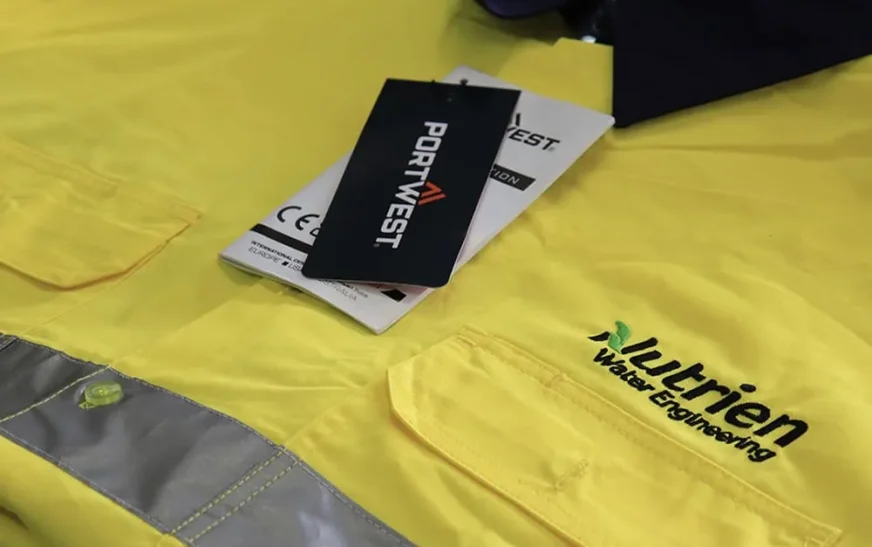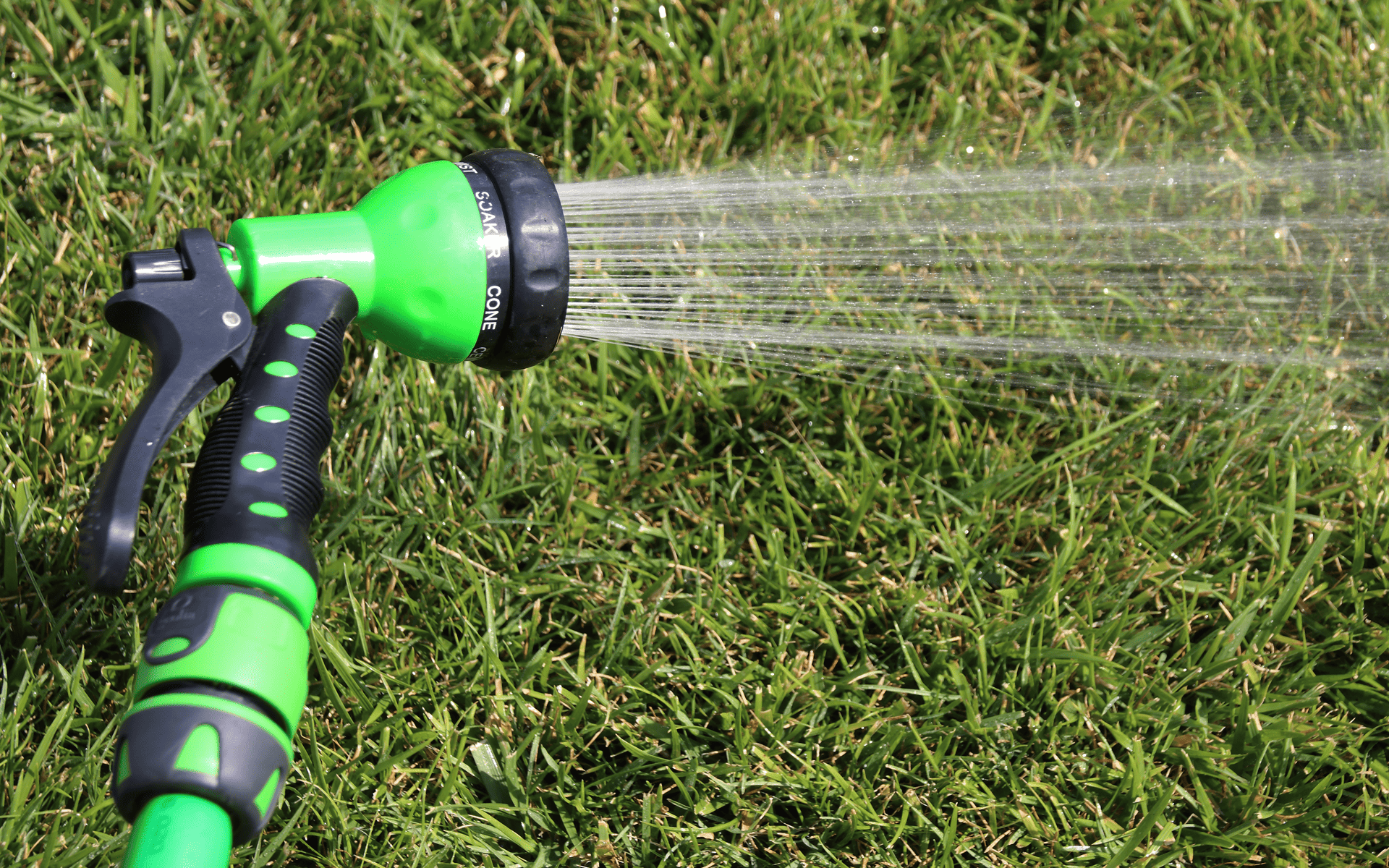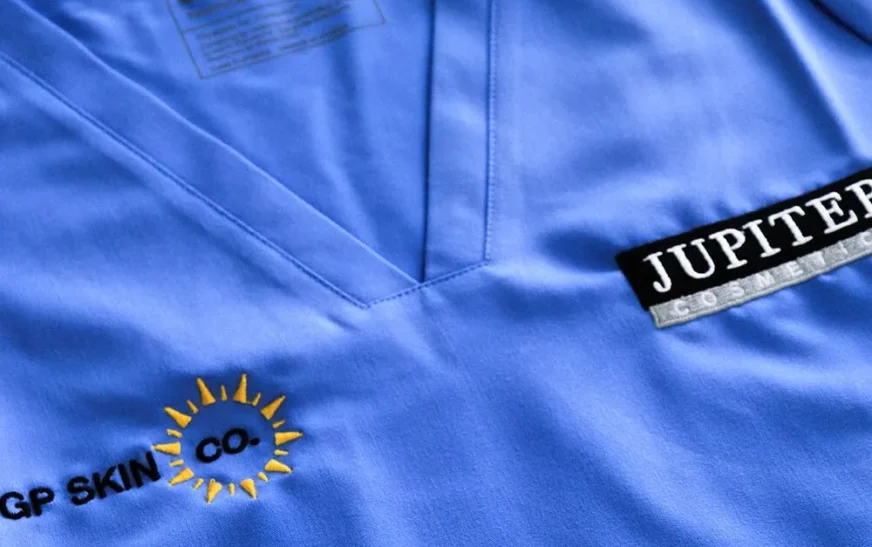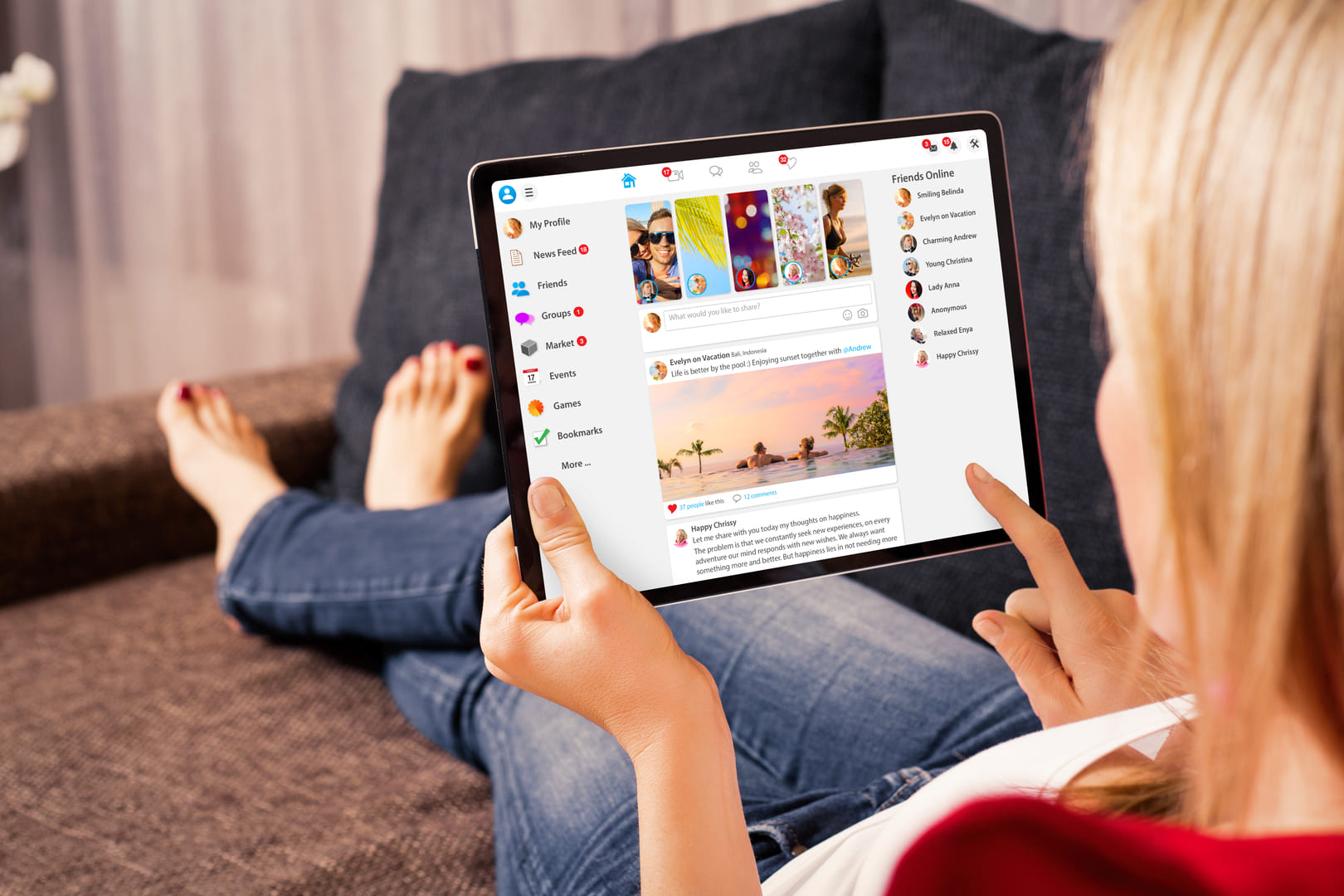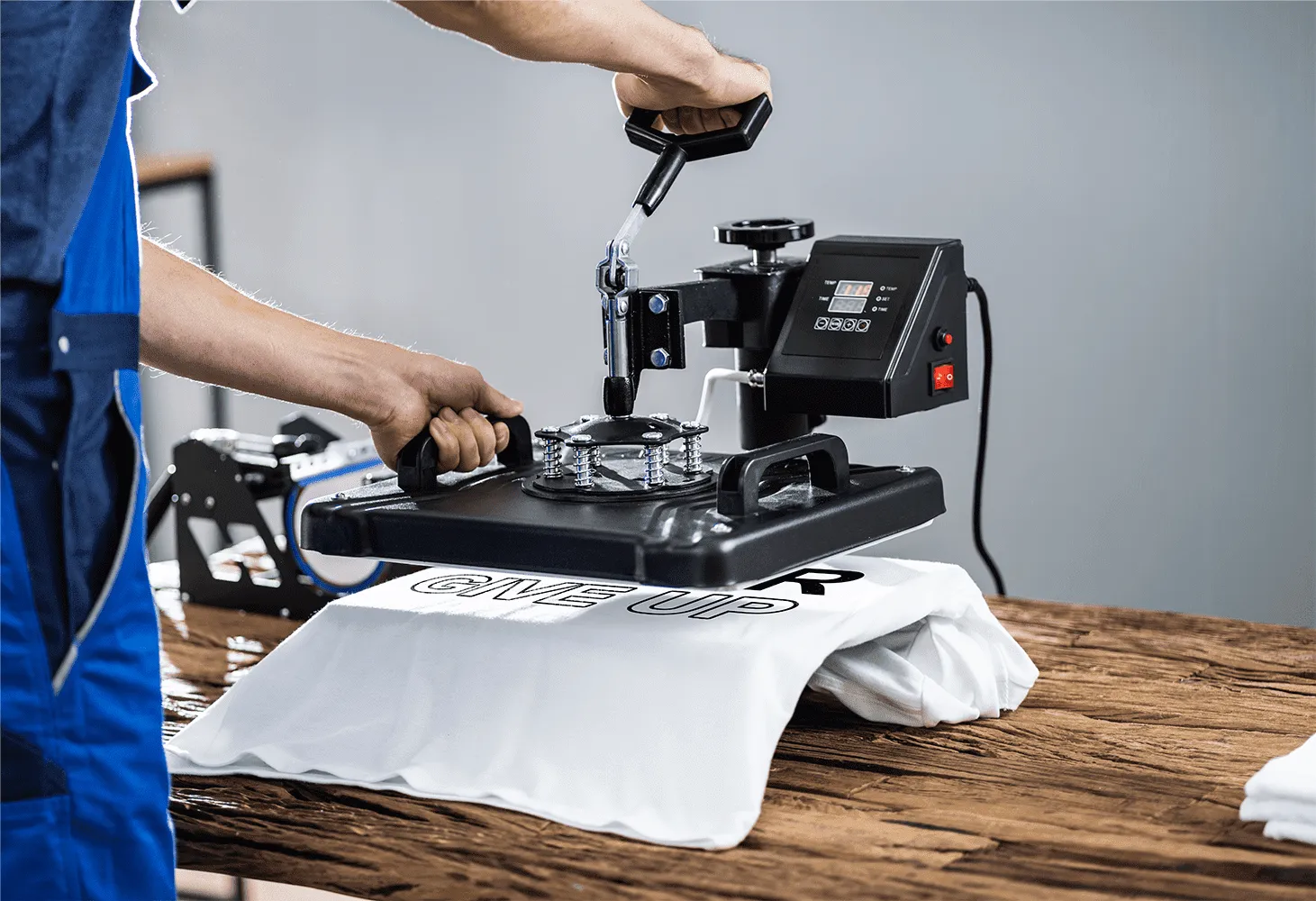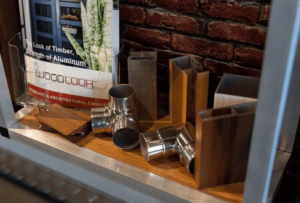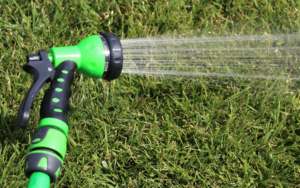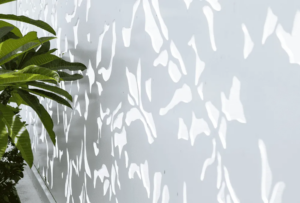The custom uniforms industry is undergoing a significant transformation in 2025. Businesses across Australia are embracing trends that blend personalisation with high-performance functionality.
This ensures that uniforms not only represent brand identity but also enhance comfort and durability for employees. This evolution reflects a broader shift towards integrating individuality, sustainability, and advanced fabric technologies into workwear.
The Rise of Personalised Uniforms
Personalisation in uniforms has moved beyond simply adding a company logo or employee name. In 2025, there’s a growing emphasis on creating bespoke designs that reflect both the brand’s ethos and the wearer’s individuality. This approach fosters a sense of belonging and pride among employees, boosting morale and cohesion within teams.
Custom embroidery has become a popular method for achieving this level of personalisation. Advanced embroidery techniques allow for intricate and durable designs, enabling businesses to incorporate unique elements that stand out. Whether it’s a detailed logo or a personalised monogram, embroidery adds a touch of sophistication and professionalism to workwear.
Furthermore, businesses are now exploring options such as unique colour schemes, fabric textures, and even custom fit adjustments. These features help tailor the uniforms to specific roles within a company, ensuring functionality aligns with each employee’s duties while maintaining a unified brand image.

High-Performance Fabrics: Comfort Meets Functionality
The demand for uniforms that offer more than just aesthetic appeal has led to the adoption of high-performance fabrics. In 2025, materials that provide moisture-wicking properties, breathability, and flexibility are at the forefront of uniform design. These fabrics ensure that employees remain comfortable throughout their workday, regardless of the environment.
Durability is another critical factor. Uniforms made from robust materials withstand the rigours of daily wear and frequent laundering, offering longevity and sustained quality. This focus on durability not only reduces replacement costs but also aligns with sustainable practices by minimising waste.
For instance, polyester blends with enhanced stretchability are gaining popularity in industries that require high mobility. Similarly, lightweight yet insulating fabrics are being used in outdoor workwear, providing comfort across various weather conditions without adding bulk.
Sustainability and Eco-Friendly Options
Environmental consciousness is influencing uniform choices more than ever. Businesses are increasingly opting for eco-friendly materials, such as organic cotton and recycled polyester, to reduce their carbon footprint. This shift not only appeals to environmentally conscious consumers and employees but also reflects a company’s commitment to corporate social responsibility.
Moreover, sustainable practices extend beyond fabric choice. The production processes are being scrutinised to ensure minimal environmental impact, and there’s a growing trend towards uniforms that are designed for longevity, further contributing to sustainability goals. By choosing durable materials and timeless designs, companies can ensure that uniforms remain functional and stylish for longer periods, reducing the frequency of replacement.
Companies are also collaborating with suppliers who adhere to ethical labour practices, ensuring that the entire supply chain supports fair wages and safe working conditions. This holistic approach to sustainability enhances a company’s reputation and aligns with the values of modern consumers and employees.
Gender-Inclusive and Adaptive Designs
Inclusivity in uniform design has gained significant traction. In 2025, there’s a notable move towards gender-neutral options and adaptive clothing that caters to diverse body types and needs. This inclusivity ensures that all employees feel comfortable and valued, promoting a positive workplace culture.
Tailoring plays a crucial role in this trend. Uniforms are now available in various cuts and styles that flatter different figures while allowing for ease of movement. Adjustable features and thoughtful design elements ensure that uniforms are not only functional but also make employees feel confident and included.

Integration of Technology in Uniforms
The integration of technology into uniforms is an emerging trend. Smart fabrics embedded with sensors can monitor various health metrics, providing valuable data for both employees and employers. This innovation enhances safety and well-being, particularly in industries where physical labour is prevalent.
Additionally, uniforms with RFID tags are being used for efficient inventory management and security purposes. This technological integration streamlines operations and adds an extra layer of functionality to traditional workwear.
Fashion-Forward Aesthetics
Uniforms are no longer confined to traditional designs. In 2025, there’s a clear influence of contemporary fashion trends in workwear. From minimalist and sleek branding to retro and vintage-inspired designs, uniforms are becoming a canvas for style expression. This approach not only makes uniforms more appealing but also helps in portraying a modern and dynamic brand image.
Colour palettes have expanded to include earth tones and even neon colours, allowing businesses to choose hues that align with their brand identity. The incorporation of boxy, oversized fits and other modern silhouettes ensures that uniforms are both stylish and comfortable.
Conclusion
The custom uniform industry in 2025 is characterised by a harmonious blend of personalisation, functionality, sustainability, inclusivity, technology, and fashion-forward aesthetics. Australian businesses are recognising the value of investing in uniforms that not only meet practical needs but also reflect broader societal trends and values.

